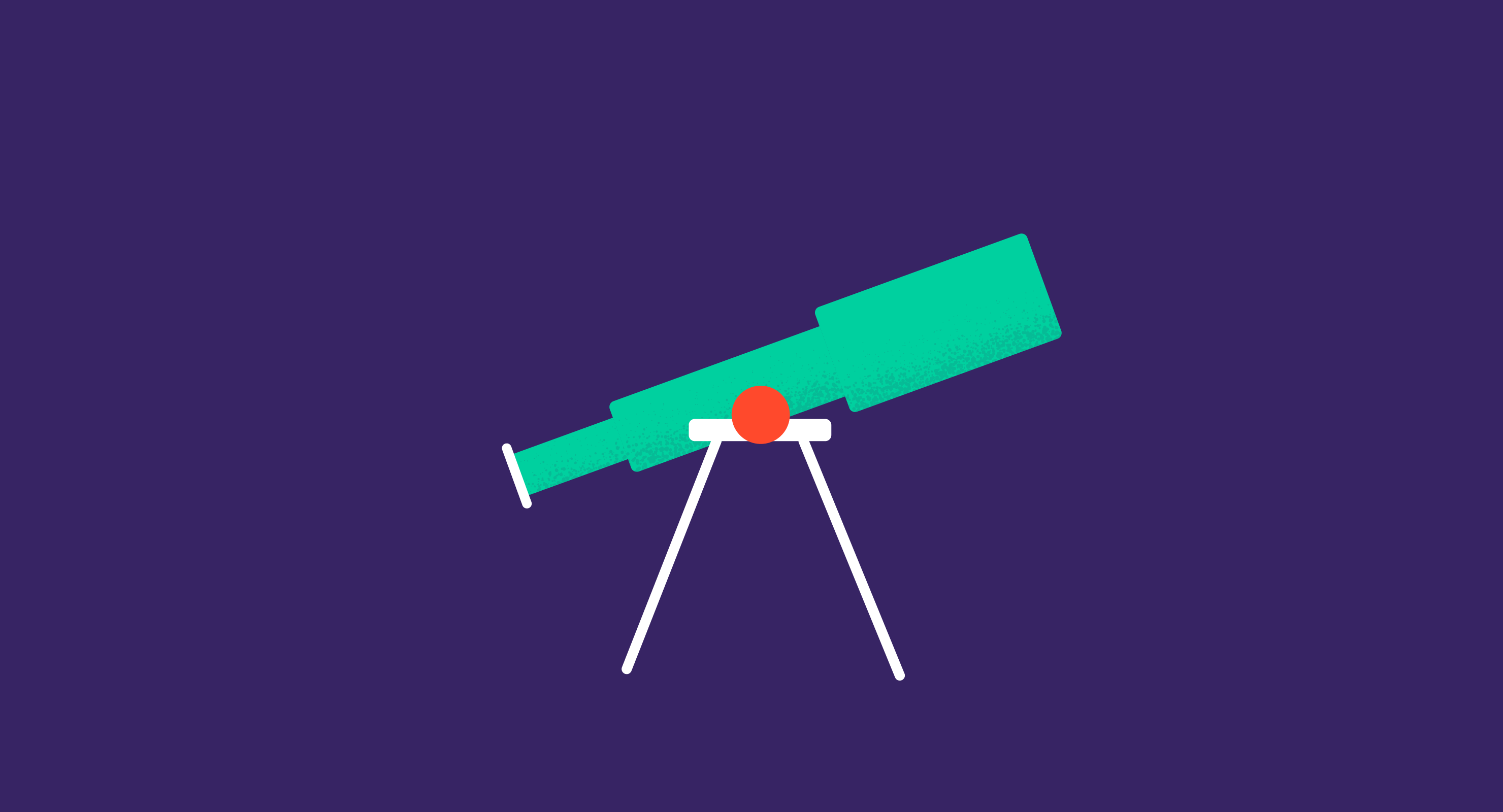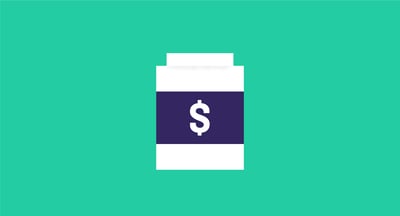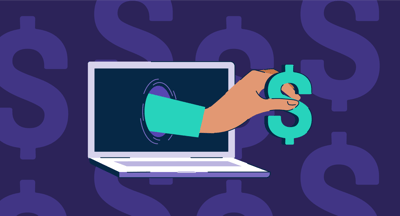December 11, 2020
 by Mara Calvello
by Mara Calvello

We all wish we could look into a crystal ball and see what awaits us in the future.
Will we ever buy our dream home? Will our connecting flight arrive on time? Will our presentation go off without a hitch?
Maybe even will we budget enough for SaaS tools in the new year?
Whether your business is growing year over year or staying relatively the same, chances are your software stack and the number of tools you depend on each day is larger than ever. Because of this, being able to forecast your company’s SaaS spending is crucial when creating a SaaS budget.
To avoid the growing pains that come with an abundance of SaaS tools, it’s best to forecast your SaaS spending ahead of time – especially if you don’t want to contribute to the estimated $40 billion that is spent on unused software each year.
To be sure your SaaS budget is on track for the new year, you’ll need to understand the ins and outs of SaaS forecasting, and how a system of record like G2 Track can help.
There are many challenges that businesses are likely to face when beginning to forecast their SaaS spending. Here are a few key challenges to be on the lookout for:
Like anything in life, you may be unsure of where to begin forecasting for your company’s SaaS budget. If your company doesn’t utilize a SaaS system of record to get your details front and center, and instead keeps all of its data in a series of spreadsheets, it’s likely you’ll experience inaccurate forecasting.
When your data isn’t centralized or organized, crucial data regarding your company’s SaaS forecast might slip through the cracks, which could lead to you over or underspending on various cloud applications.
Shadow IT is when an organization has various information technology (IT) systems and software that is used and managed without the knowledge or approval from IT leadership or company stakeholders.
When your company experiences too much shadow IT, it becomes impossible to know what you’re really spending your budget on. Chances are, you underestimate the real number of applications within your tech stack.
To prevent shadow IT, your business needs to implement procurement policies regarding who can buy software, and when. Individual employees shouldn’t be able to buy software on their own. Having a strict policy in place that your team diligently follows will not only lessen the occurrence of shadow IT, but will ensure that finance and IT departments are on the same page with your company’s spending.
While your finance team takes a look at the budget, your IT department can consider the following:
Things can change at your organization fast, from strategy to goals, it’s always best to stay on your toes. Marketing teams, for example, constantly stay abreast of developments on how the market behaves. With the speed of technology, there are always changes in the way people communicate. Right now, social media, content, and email marketing are prevalent. But who knows what new platforms will be relevant in the next year?
The same can be said for the company’s need for certain tools. Some elements that can affect the need for certain applications include:
There are components of each SaaS tool that can alter the business need, too, like if it’s data consumption or volume-based, or if the application’s cost is based on storage. When the strategies at your company change, so can whether or not you need every tool within your tech stack to accomplish short- and long-term goals.
How you spend company funds on software in the past may help you gain a clearer picture of the future. Take a look at how your company spent last quarter versus how you spent this quarter.
If you fail to investigate historical trends, you could be blindsided by what’s awaiting your organization in the future. Doing so can help point out things you may have overlooked in previous years, allowing you to better budget and forecast in the future.
G2 Track Review
Fred T.
Even though software contracts are all structured differently, their details can assist in forecasting SaaS budget.
Some details to pay close attention to include:
If you’re not happy with the details of your contracts, consider looking for new applications altogether that better align with upcoming strategies and budgets.
No matter the industry or the size of your company, the unexpected is going to happen. Whether it’s a quick pivot in strategy or finding out that your most expensive software isn’t being utilized how you thought it was, being able to expect the unexpected can go a long way.
You can start by looking back at the last quarter, half, or year and learn from the unexpected events that needed a quick shift. At the end of the day, something always comes up where one of your departments needs a new app that you didn’t factor into the SaaS budget.
As you forecast, make space for the funds that may be needed to make these kinds of critical and unexpected purchases for your business.
Now that you have a clearer understanding of some of the challenges that might await as you forecast your SaaS footprint for the new year, let’s take a look at the best practices to implement that will make the crystal ball a little clearer.
Having a clear understanding of your company's amortization policy is essential for an accurate forecast as it will impact how and when expenses are recognized. It’s likely that software expenses were recorded as prepaid expenses by the finance department, and those will be amortized in the upcoming fiscal year, which needs to be accounted for in your budget.
Additionally, if a large multi-year software purchase is made, understanding what will be recognized as an expense this year versus in future years needs to be considered as you forecast.
As an example, if you buy SOFTWARE X for five years, you likely paid upfront. Oftentimes, budget owners forget to factor this five year spend into the budget. This spend needs to be amortized over the 5-year service agreement, otherwise you’ll start the year off in the red-zone of your forecasted budget.
First things first, it’s in your company’s best interest to start by taking a deep dive into your technology stack.
Some important details of your stack include:
Utilizing a SaaS system of record, like G2 Track, will help you to visualize an accurate and up to date list of your organization’s applications. Having this clear picture will allow you to understand if you need to buy more licenses, purchase fewer seats when you renew, or go with something else altogether.
You’ll also have insights into employee sentiment data, meaning you’ll discover whether your teams even like the tools they’re using, and whether they find these applications critical to their daily responsibilities. Having this data at your fingertips makes it that much easier to forecast SaaS spend for the new year.
With so many applications in your stack, chances are good that some tools are getting more use than others.
Pay close attention to the top 15 or 20 applications in terms of usage and the number of people logging in. If you know the sentiment of the top applications and which ones are deemed to be critical by your team, you can pay close attention to how much you're spending on these tools and when they’re set to renew. Chances are there may be an opportunity to switch to a multi-year contract as a way to save money.
Other crucial software data when forecasting your SaaS spend is the list of which tools will renew and which tools will expire.
Determine ahead of time if you want to renew specific software, or if you aren’t necessarily interested in its features and functionality moving forward, meaning it’ll expire. If you’re going the renewal route, check to be sure if the contract has an increase in fees built into the renewal clause.
If you’re going the expiration route, be sure to factor in the fact that net-new software purchases will sometimes require a business case or some sort of reasoning behind the ROI of introducing a new software solution into your tech stack. Be ready to present why you’re looking for something new like price, user sentiment, or usage before getting approval.
G2 Track Review
Zack W.
It’s hard to forecast if you don’t know what your C-suites have planned for the new year. In addition to getting their approval to forecast in the first place, you’ll need their opinions and thoughts on the goals and trajectory for their organization. Without it, you won’t know exactly how much of your budget can be allocated to SaaS spending.
Tip: Before meeting with your CEO, take a look at these six ways to pitch a SaaS management tool so you can forecast smarter.
Forecasting your SaaS spend – or anything for that matter – isn’t a “one and done” scenario. If you think it is, your forecast will be out of date sooner than you thought.
Having a tool like G2 Track means you don’t have to invest in an abundance of time and energy every time it’s time to forecast. The data is already there for you, in clean and easy-to-read dashboards so you won’t have to spend hours compiling the data manually and wondering where to look.
All you need to do is roll up your sleeves and get started making the critical and necessary decisions needed when forecasting.
When all is said and done, don’t forget to monitor the actual activity of your SaaS spend to make sure your forecast is holding true. If you didn’t expect all of what became unexpected, it’s okay to make adjustments along the way.
Thankfully, a tool like G2 Track can help to pinpoint possible spending to ensure you end up in the green.
Ready to start forecasting? Start the journey for free with G2 Track Essential.
Mara Calvello is a Content and Communications Manager at G2. She received her Bachelor of Arts degree from Elmhurst College (now Elmhurst University). Mara writes content highlighting G2 newsroom events and customer marketing case studies, while also focusing on social media and communications for G2. She previously wrote content to support our G2 Tea newsletter, as well as categories on artificial intelligence, natural language understanding (NLU), AI code generation, synthetic data, and more. In her spare time, she's out exploring with her rescue dog Zeke or enjoying a good book.
Adobe. Slack. Dropbox. Hubspot. What do all of these companies have in common?
 by Lauren Pope
by Lauren Pope
G2 recently released its annual Software Buyer Behavior Report that includes some important...
 by Natalie Robb
by Natalie Robb
Finance isn’t just an approver, they're strategic decision-makers for any good business.
 by Sagar Joshi
by Sagar Joshi
Adobe. Slack. Dropbox. Hubspot. What do all of these companies have in common?
 by Lauren Pope
by Lauren Pope
G2 recently released its annual Software Buyer Behavior Report that includes some important...
 by Natalie Robb
by Natalie Robb


